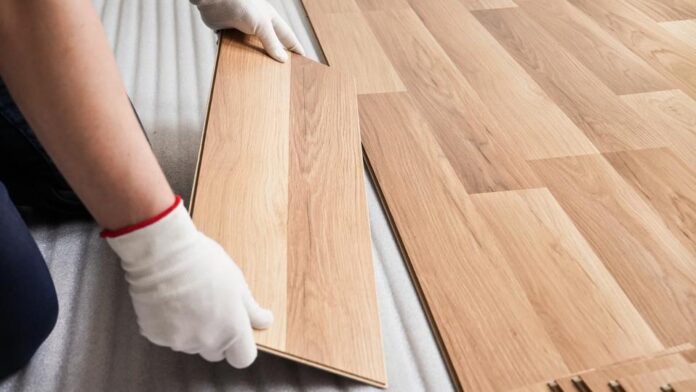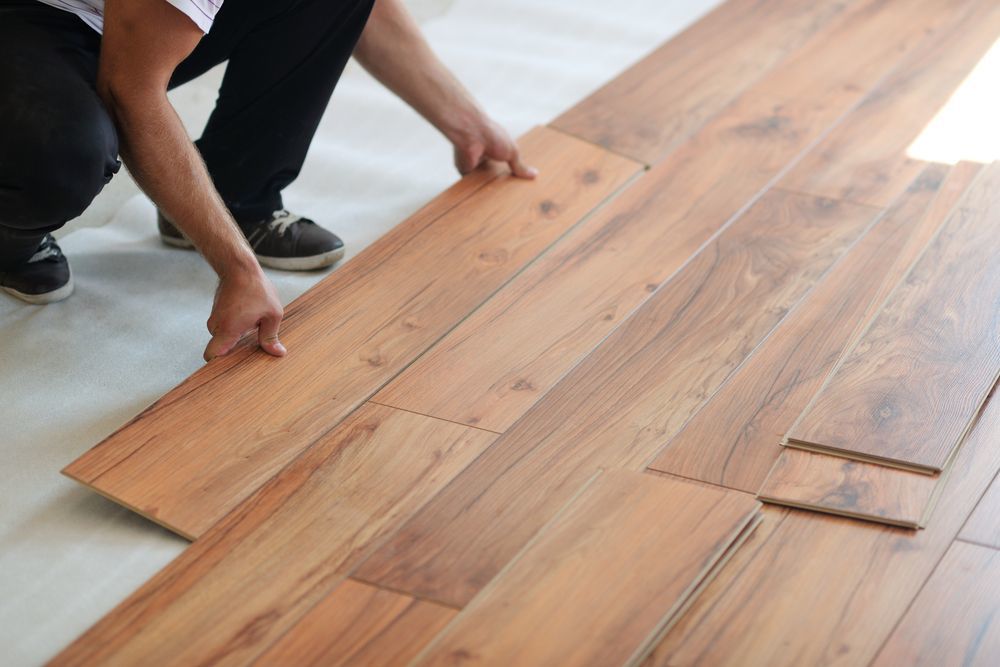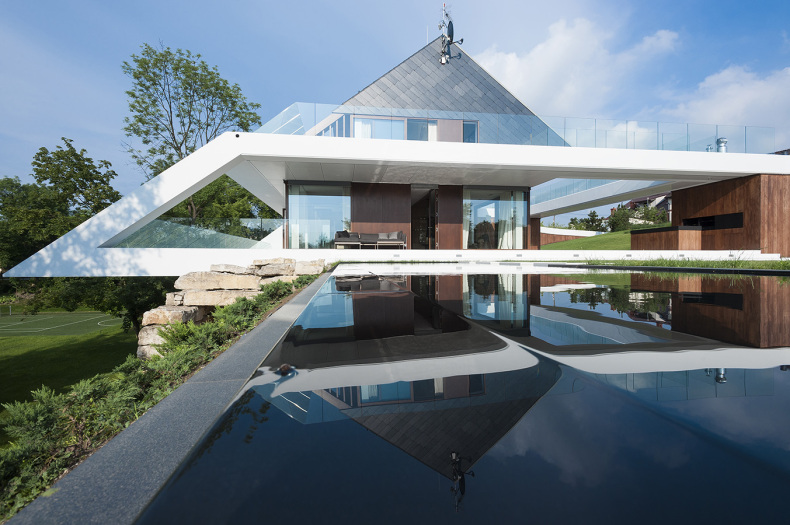Engineered wood flooring is one of the most popular types of flooring. It is durable, stands up well to everyday wear and tears, and it’s easy to maintain by sweeping or vacuuming. But before you buy one for your home, there are a few things you should know about engineered wood flooring. This blog post will go over the main things you need to know about an engineered hardwood floor.
Let’s look at these essentials.
Construction & Manufacturing
The construction of engineered hardwood flooring is done by gluing together three to seven layers of wood. Some manufacturers may use more than 20 thin strips of real wood, which are then glued with the help of synthetic resin adhesive; this helps strengthen the product and enhance its durability.
The manufacturing process is finished by gluing the layers together, which forms an engineered hardwood flooring product that can be used for various purposes. The result will depend on the quality of materials that have been used in construction, along with how well they are manufactured to give you high-quality products at affordable rates.
Dimensions
Ensure the dimensions of your finished floor are what you want before buying the wood. Diagrams in this article show example measurements, but they can vary according to the manufacturer and specific product line. For engineered wood floors that will be laid over existing solid hardwood or laminate surfaces (rather than plywood), make sure your room is large enough for future expansion. Engineered wood floors are thicker than solid hardwood or laminate flooring, so be sure to make the difference in measurements into account when planning your installation.
Aesthetic Appearance
When you go to a showroom, what will be the first thing that catches your eye? Of course, it’s the flooring. Engineered wood floors have a wide range of colors and styles with which they can create with. They are created from different species of trees depending on where the lumber is harvested from.
When engineered wood planks come together to make up your entire room, it creates an intricate design or pattern with these boards being laid out side by side. If this isn’t enough for you, there are even more customizations available, such as borders around them and accent pieces.
Environmental Concerns
Engineered wood flooring comes in multiple species of hardwood. Not all engineered woods are created equal. Some use formaldehyde-based glues, which emit volatile organic compounds (VOCs) into the air for years after installation. This can cause allergies or irritated eyes and throats, especially if you have children who spend a lot of time on the floors, elderly family members with respiratory conditions like asthma, or pets that may be sensitive to these chemicals.
In contrast, some types don’t contain any VOCs while others do, but there is no standardization yet, so it’s best to ask manufacturers directly about their products before buying one.
The Bottom Line
Engineered wood floors are the best choice for busy people who want to make their homes look beautiful without doing much work. It’s also an excellent option for pets because it doesn’t scratch easily and is resistant to water, heat, humidity, dirt, or stains.



















